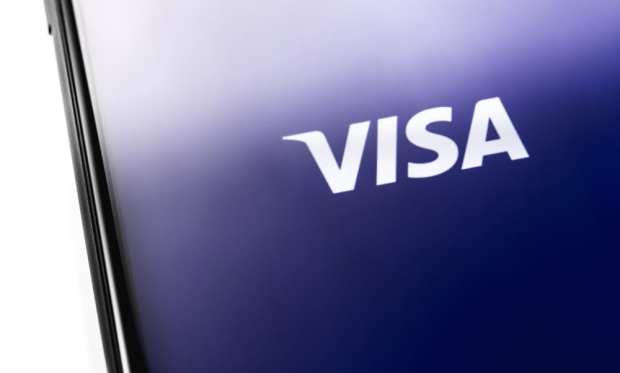Visa Patent Application Seeks To Turn Fiat Currencies Into Digital Blockchain Versions

Credit card giant Visa has filed an application for a U.S. patent on a computer system that would convert physical dollars and other fiat currencies into digital versions, complete with denominations and serial numbers and recorded via blockchain. The system would then remove the paper currency from circulation.
“According to the [details] discussed herein, the payment ecosystem may become entirely (e.g. 100 percent) digital,” Visa wrote in its application, which was originally filed with the U.S. Patent and Trademark Office in November but was only made public this week. “According to various embodiments, cash may be removed from the markets in a frictionless manner and the payment ecosystem may be improved.”
Visa did not immediately respond to a request for comment on the filing. But the company wrote in the document that under the system, users could “hold digital currency with the same denomination as the local physical currency (e.g., $100 for User A in America, 200 pesos for User B in Mexico and so forth) in order to perform transactions in a secure, fast and reliable way.”
The company said that the system “may record bank note serial numbers and denominations to prevent duplicate bank notes, [and] may ensure transaction security by storing transaction signing private keys on a chip or mobile device Secure Element (when available). Embodiments may also allow for user anonymity.”
Visa further said the technology would allow transactions using digital fiat currency “to be processed and completed immediately without requiring settlement and clearing processing.”
The patent application indicates that Visa would deploy the system in partnership with government central banks, which it referred to as “central entities” in the filing. After all, only central banks have the power to withdraw currency from circulation in the manner Visa describes.
“A central entity may be a central bank which regulates a monetary supply,” the company wrote. “A central entity may implement a monetary policy and issue currency. A central entity may maintain exclusive rights to create or destroy currency in a region such as a nation. A central entity may be associated with a government of such a region.”
